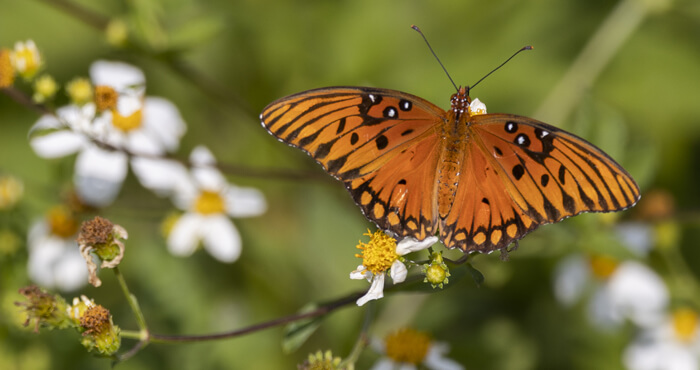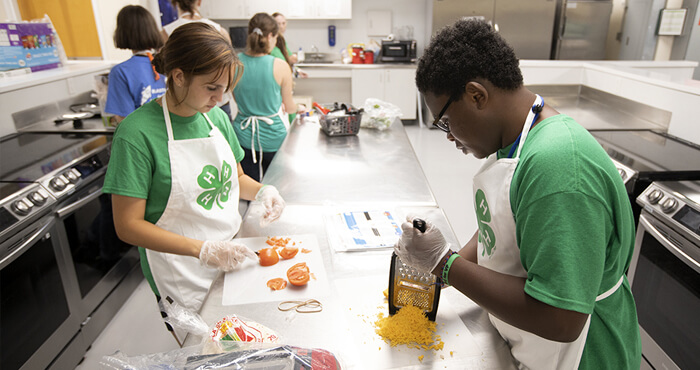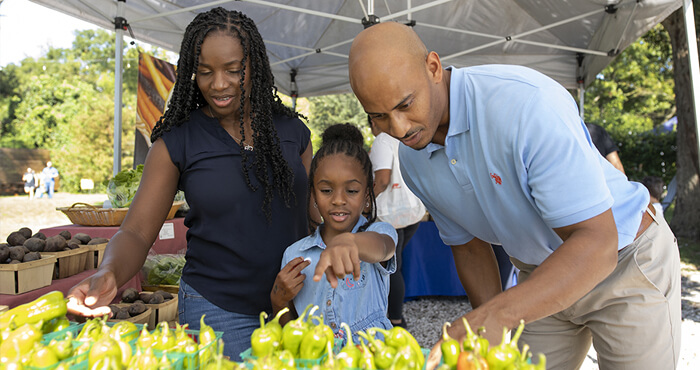
Crape Myrtle Pruning
Introduction
The crape myrtle (Lagerstroemia indica) is one of the most beautiful and popular flowering trees in Florida. Often called "the lilac of the South," this plant is tough, adaptable, and showy. Its blooms are large and long-lasting (up to one hundred days), and the tree has great fall color and attractive bark. It prefers a sunny, well-drained site and is relatively pest- and disease-free.
Cultivar Selection
Many crape myrtle cultivars are available, ranging in size from miniatures to trees that grow to twenty feet or more. The crape myrtle is available in a wide array of flower colors including white, red, pink and lavender.
It is important to select a cultivar that will be an appropriate mature size for the spot where you intend to plant it. Most local nurseries will label their plants with this information, which is just as important as flower color and bark appearance.
Crape myrtle is a low-maintenance plant needing little or no pruning if planted in full sun away from walkways and roads. If a crape myrtle is located where it requires routine pruning to fit into its surroundings (for example, under the eave of a roof), it should be replaced with a smaller growing crape myrtle.
A dwarf crape myrtle (maturing at a height of 5 feet) would fit this location well. Medium crape myrtle cultivars (growing up to about 15 feet in height) and tall or tree-size crape myrtle cultivars (often growing 20 – 30 feet tall in 10 years) are best reserved for open areas.
Some situations necessitate crape myrtle pruning. Lower limbs of crape myrtle are removed to increase clearance for pedestrians or vehicles. Other pruning may be conducted to remove crossing branches, remove suckers from the base of the plant, direct growth away from structures, and remove spent flowers, seed capsules, and dead or damaged branches and twigs. Late winter is the optimal time to prune crape myrtles.
Consequences of Severe Crape Myrtle Pruning
Unfortunately, many homeowners and landscape professionals prune crape myrtle trees too severely. Topping--commonly called "crape murder"--can be very damaging and disfiguring to the tree. This practice results in a "witch's broom" appearance and a tree that is no longer in proportion.
Topping causes profuse growth at the site of the pruning, basal sprouting, and increases susceptibility to disease and insects. It encourages new growth that is too dense to allow air movement and light to reach the inner branches. Large "knobs" appear where trees have been trimmed repeatedly, and the topped tree has an unsightly appearance until new growth appears.
Although topping may result in larger blooms, those flowers will grow on thinner, weaker branches that will droop--especially after rain--and may even break. Topping may also shorten the life of your trees.
Rehabilitation
You have two options for rehabilitating a "murdered" crape myrtle.
- The first method is to choose the strongest two or three sprouts from each stub and remove all of the other sprouts. This will encourage the remaining sprouts to be stronger and the canopy of the tree to be airier. If you follow this procedure for a couple of seasons, the tree is sure to be much improved in health and appearance.
- The second--and more drastic--technique is to cut the tree back to within one to two inches of the ground while the tree is dormant. After two to three weeks of growth, select three to five of the most vigorous new shoots on each trunk and remove all others. Remove any new shoots that emerge later. Within three to five years, you will again have a natural-looking crape myrtle.
Spread the word among your friends and neighbors and eliminate crape murder. Remember to choose the appropriate size plant for the correct site, and prune very sparingly for beautiful crape myrtles in your yard.
Resources
Other UF/IFAS Sites
- Gardening Solutions
- Entomology and Nematology Department
- Environmental Horticulture Department
- FAWN: Florida Automated Weather Network
- Florida-Friendly Landscaping™ Program
- Florida Master Gardener Program
- IPM Florida
- Pesticide Information Office
UF/IFAS Publications
State & Federal Agencies
- Florida Department of Agriculture and Consumer Services (FDACS)
- Florida Department of Environmental Protection (FDEP)
- Florida Energy Systems Consortium (FESC)
- U.S. Environmental Protection Agency (EPA)
- USDA Plant Hardiness Zone Map--U.S. National Arboretum
Organizations & Associations
- American Community Gardening Association
- American Horticultural Society
- Florida Native Plant Society
- Florida Nursery, Growers and Landscape Association (FNGLA)
- North American Native Plant Society
Other Sites & Publications
UF/IFAS Mobile Web Apps





.jpg)

.jpg)
